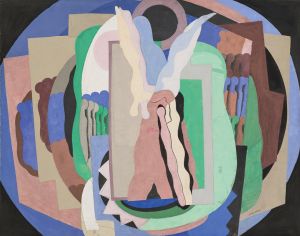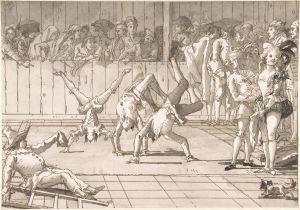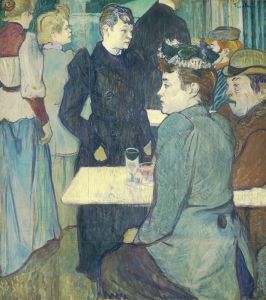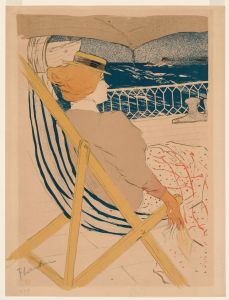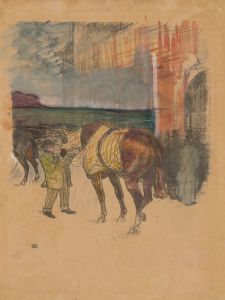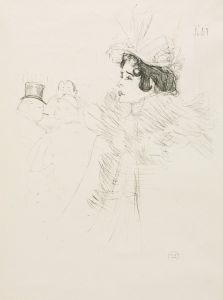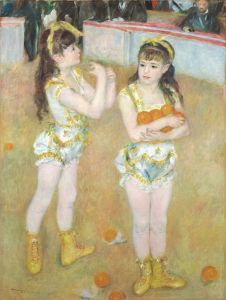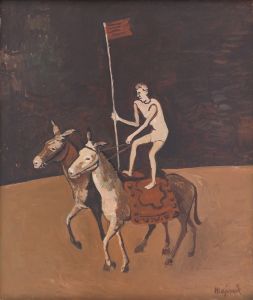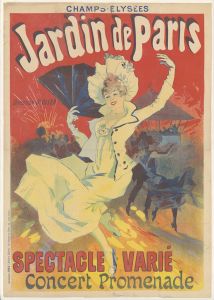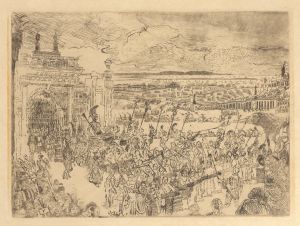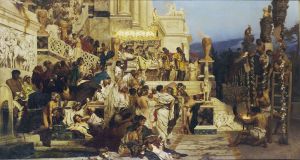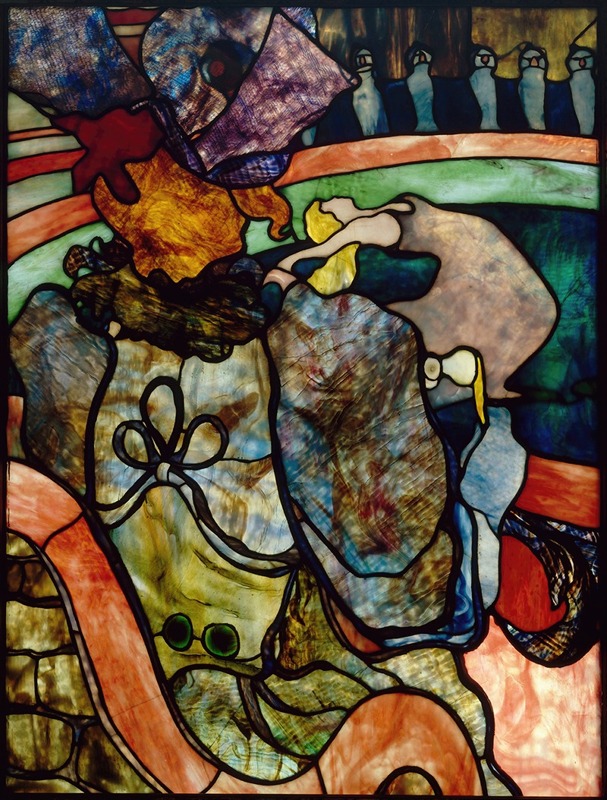
At the New Circus, Papa Chrysanthemum
A hand-painted replica of Henri de Toulouse-Lautrec’s masterpiece At the New Circus, Papa Chrysanthemum, meticulously crafted by professional artists to capture the true essence of the original. Each piece is created with museum-quality canvas and rare mineral pigments, carefully painted by experienced artists with delicate brushstrokes and rich, layered colors to perfectly recreate the texture of the original artwork. Unlike machine-printed reproductions, this hand-painted version brings the painting to life, infused with the artist’s emotions and skill in every stroke. Whether for personal collection or home decoration, it instantly elevates the artistic atmosphere of any space.
Henri de Toulouse-Lautrec's painting At the New Circus, Papa Chrysanthemum is a work created by the French Post-Impressionist artist, known for his vivid depictions of Parisian nightlife and entertainment during the late 19th century. This particular piece captures a scene from the Nouveau Cirque, a popular Parisian circus that was established in 1886 and became a prominent venue for performances blending acrobatics, comedy, and equestrian displays.
The painting portrays a moment from a circus act featuring a character named "Papa Chrysanthemum." This figure is believed to be a clown or performer, dressed in an elaborate costume, engaging in a comedic or theatrical routine. Toulouse-Lautrec's depiction emphasizes the theatricality and energy of the performance, with his characteristic use of bold lines, dynamic composition, and a focus on the human figure. The artist's ability to convey movement and expression is evident in the lively portrayal of the scene.
Toulouse-Lautrec was deeply inspired by the entertainment culture of Paris, frequently attending cabarets, theaters, and circuses. The Nouveau Cirque, located on Rue Saint-Honoré, was one of the venues he visited and drew inspiration from. His works often reflect his fascination with performers and their ability to captivate audiences. In this painting, he captures not only the spectacle of the performance but also the atmosphere of the circus environment.
The painting is executed in a style typical of Toulouse-Lautrec's work, combining elements of Impressionism and Japonisme, which influenced his approach to composition and color. His use of simplified forms and flat areas of color reflects the influence of Japanese woodblock prints, while his focus on capturing fleeting moments aligns with the Impressionist movement.
At the New Circus, Papa Chrysanthemum is part of Toulouse-Lautrec's broader body of work that documents the vibrant cultural life of Paris during the Belle Époque. His paintings, drawings, and posters provide a unique window into the world of performers, audiences, and the venues that defined the era. This particular painting is notable for its focus on the circus as a subject, showcasing Toulouse-Lautrec's ability to find artistic inspiration in a variety of settings.
The current location of the painting is not specified in available records, and further details about its provenance or exhibition history are limited. However, it remains an important example of Toulouse-Lautrec's engagement with the theme of performance and his ability to capture the spirit of Parisian entertainment culture.





